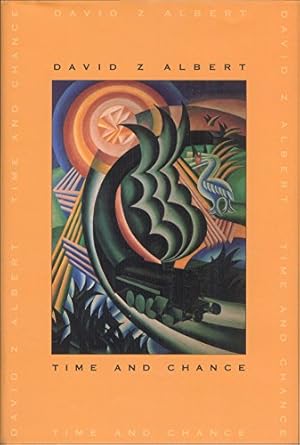The problem is our intuition of time. The laws of physics do not necessitate an experiential distinction between what we call the past (a supposed collection of recorded events) and what we call the future (events necessarily outside our ability to know). Albert’s solution is to stitch together the dynamical laws of motion and only two postulates: the Past Hypothesis and a uniform probability distribution over microstates. The story amounts to this. The universe has, for reasons unknown, a low-entropy boundary condition at one end (which we call the beginning). The evolution of the universe then proceeds as microstates evolve with equal probability across adjacent locations in phase space. Albert’s work is highly regarded not because it’s unassailable to critique—is the Past Hypothesis circular, smuggling in a condition that must produce the universe we experience, like a neurological anthropic principle? Why should we prefer a uniform probability distribution?—but because the three conditions nearly suffice to resolve the mystery of the arrow of time. Nearly: the test of truth is, and will always be, experiment. How do we test whether a theory can be tested—by any kind of conceivable fragment of the universe, human minds or otherwise? 8
Albert, David. Time and Chance. Harvard University Press, 2003. Reviewed April 29, 2025.

Leave a Reply